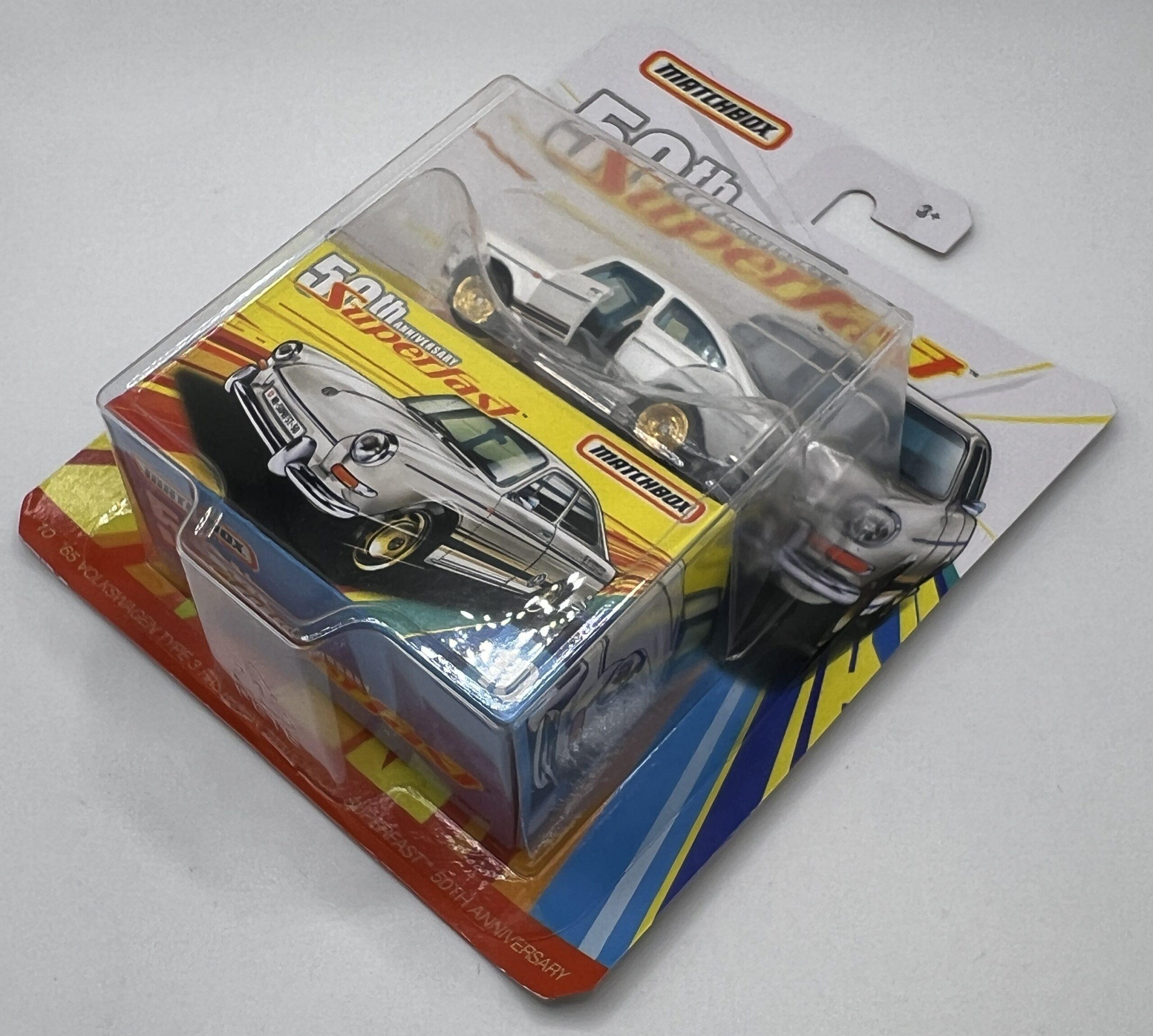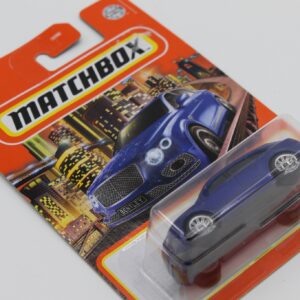Description
The 1965 Volkswagen Type 3 Fastback, introduced as part of Volkswagen’s Type 3 line, marked a significant development in the evolution of Volkswagen’s product lineup. The Type 3 series, which also included the Notchback and the Squareback (Variant), was developed to offer more variety and sophistication compared to the ubiquitous Volkswagen Beetle.
Introduction and Development
- Background: By the early 1960s, Volkswagen sought to expand its range beyond the Beetle and the Transporter, aiming to attract buyers looking for something a bit more refined and spacious. The Type 3 series was the answer to this market demand.
- Design and Engineering: The Type 3 Fastback, known as the TL (Touring Limousine) in some markets, featured a sleeker, more modern design compared to the Beetle, with a focus on increased interior space and comfort.
Features and Specifications
- Engine and Performance: The Fastback was equipped with a rear-mounted, air-cooled, four-cylinder boxer engine, initially available in 1.5-liter displacement, which was later increased to 1.6 liters. The engine layout was similar to the Beetle but with a flatter profile, allowing for more usable trunk space both in the front and the rear of the vehicle.
- Transmission: It came with a four-speed manual transmission, and an optional three-speed automatic transmission became available later, enhancing its appeal to a broader audience.
- Chassis and Suspension: The Type 3 Fastback utilized a unitary construction body, which provided better rigidity compared to the Beetle’s body-on-frame construction. It featured independent suspension with torsion bars at the front and rear, contributing to improved ride comfort and handling.
- Interior and Design: The interior of the Fastback was more spacious and featured higher-quality materials than the Beetle. The fastback roofline gave the car a more modern and sporty appearance while maintaining practicality.
Market Reception and Legacy
- Production and Sales: The Type 3 Fastback was well-received in various markets, particularly in Europe and the United States, where consumers appreciated its blend of practicality and style. The Fastback, along with its Type 3 siblings, helped Volkswagen maintain its position as a leading car manufacturer during the 1960s.
- Influence: The Type 3 series represented an important step in Volkswagen’s transition from being a maker of basic transportation to a manufacturer of more diverse and sophisticated vehicles. It paved the way for later models, such as the Type 4 and eventually the Passat and Golf.
- Cultural Impact: While not as iconic as the Beetle or the Microbus, the Type 3 Fastback has a dedicated following among classic car enthusiasts. Its distinctive design and engineering innovations have made it a cherished example of Volkswagen’s mid-century evolution.
The 1965 Volkswagen Type 3 Fastback stands as a testament to Volkswagen’s ability to innovate and adapt to changing market demands. It offered consumers a more refined and spacious alternative to the Beetle while maintaining the brand’s reputation for reliability and simplicity. Today, the Fastback is celebrated for its unique design and its role in Volkswagen’s rich automotive history.






